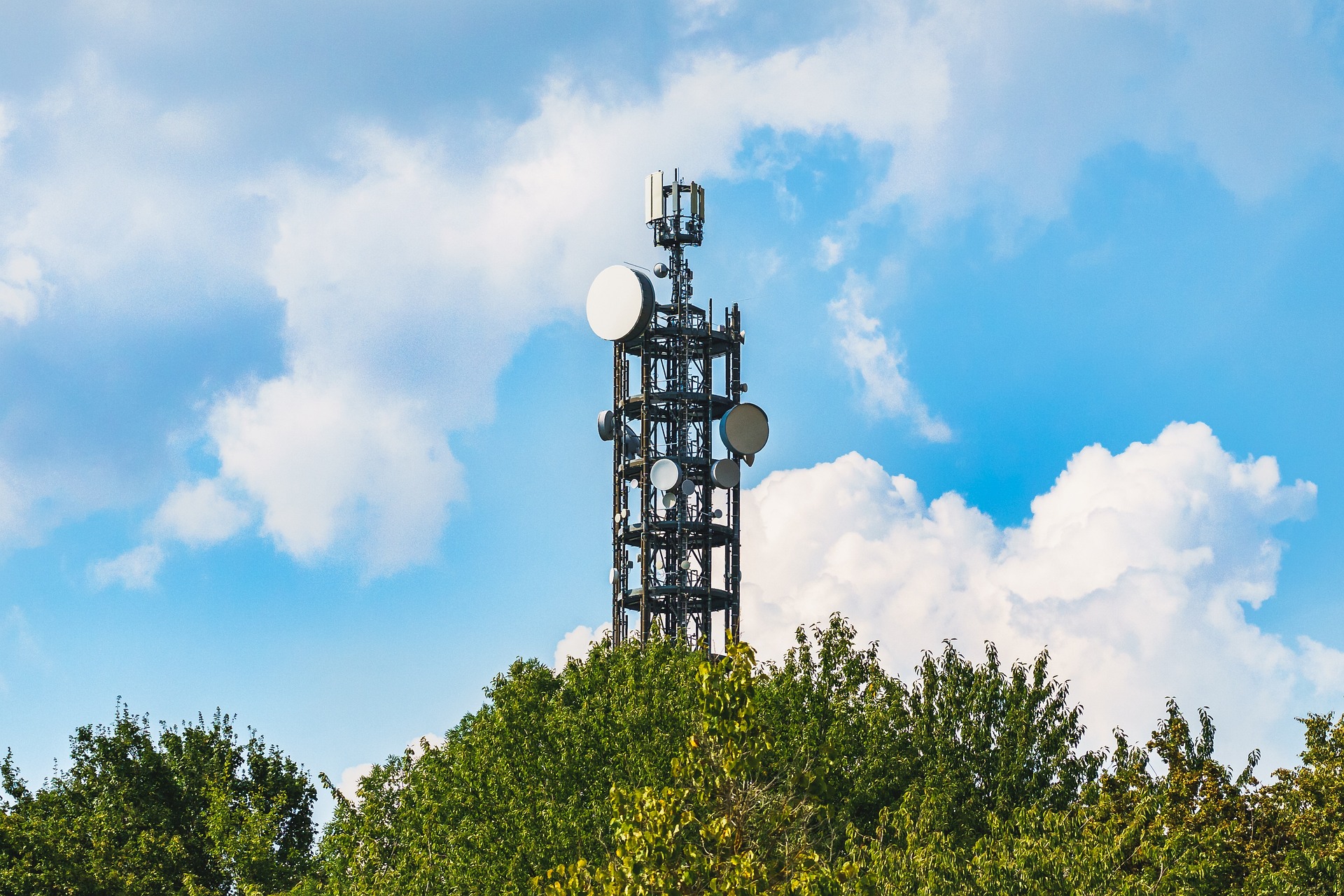Rediscovering the Potential of DSL Technology in the Modern Digital Era
The world of connectivity has witnessed a myriad of revolutionary advancements over the past few decades. However, amidst the hullabaloo over next-gen technologies, it's easy to let some gems slip through the cracks. This brings us to a technology that has been with us for quite some time but is still surprisingly relevant today - Digital Subscriber Line, or DSL.

DSL technology was a game-changer at the dawn of the internet era, bringing broadband internet to homes and businesses worldwide. Despite the advent of newer technologies, DSL remains a significant player in specific contexts. This article delves into the world of DSL, discussing its evolution, current relevance, and potential future applications.
The Genesis and Evolution of DSL
DSL technology emerged as an answer to the slow, unreliable dial-up connections of the late 20th century. The innovation behind DSL was its ability to transmit data over conventional telephone lines at much higher speeds. Over time, the technology has evolved, with variations such as ADSL (Asymmetric DSL) and VDSL (Very high-speed DSL) offering enhanced performance.
The Current Relevance of DSL
Even with the advent of fiber optics and wireless technology, DSL continues to hold its ground, especially in regions where these newer technologies are not feasible or cost-effective. DSL’s advantage lies in its ability to deliver decent broadband speeds over existing telephone infrastructure, eliminating the need for expensive upgrades.
The Potential of DSL in Modern Connectivity
DSL may seem antiquated compared to flashy new offerings like fiber optics, but it is far from irrelevant. Innovations like G.fast, a DSL protocol that offers fiber-like speeds over short distances, are keeping DSL in the game. Moreover, DSL’s ability to reach remote areas where newer broadband technologies cannot makes it a crucial tool in today’s digital world.
Challenges and Practical Applications of DSL
DSL isn’t without its challenges. Signal attenuation with distance and interference from other devices can affect performance. However, solutions like line bonding and vectoring can mitigate these issues. In terms of application, DSL is well-suited for rural and underserved areas, providing a viable broadband option in places where other technologies are not feasible.
Research-backed Insights into DSL
Various studies and surveys have shown a steady user base for DSL, particularly in rural areas and developing countries. Furthermore, research into technologies like G.fast indicates that DSL may still have some tricks up its sleeve, potentially offering gigabit speeds over conventional phone lines.
In conclusion, while DSL may not grab the headlines like some of the newer broadband technologies, it remains a crucial part of the global internet infrastructure. By understanding its strengths and limitations, we can better appreciate its value and potential in our rapidly evolving digital landscape.






